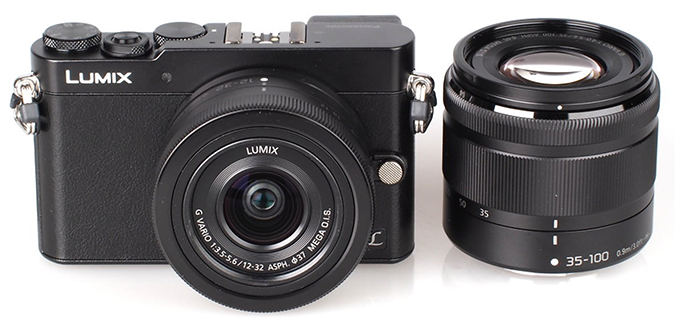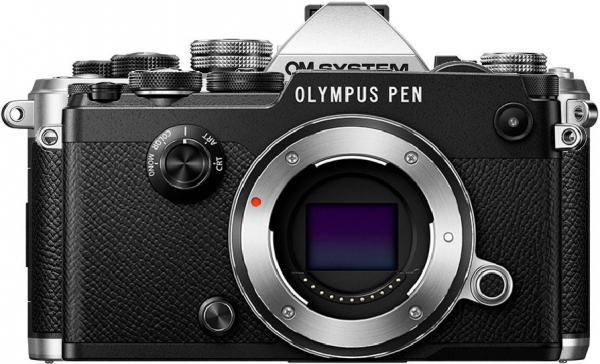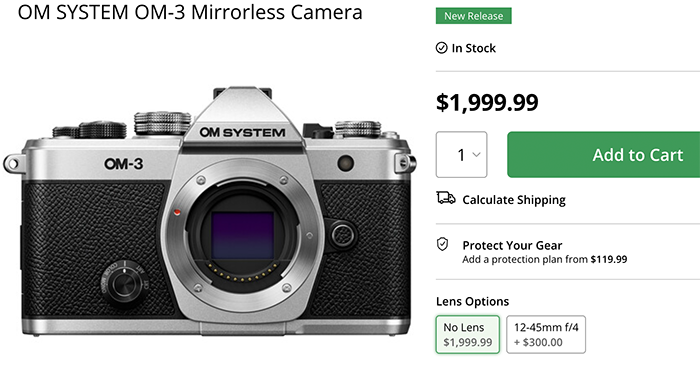Panasonic will have a new product announcement event on May 13
I have heard from trusted sources that Panasonic will be holding a new product announcement event on 13 May.
For sure we will get a new full frame L-mount camera. But Panasonic has recently announced two new cameras, so a second camera will be announced at the same event or shortly thereafter. Could this be a fixed lens FT camera?






